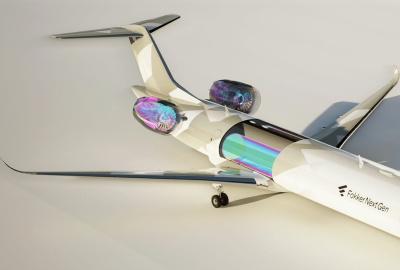Hydrogen-powered aviation: airports rethink fuel infrastructure
When it comes to fuel, airports around the world are having to have a major rethink. For them, it is simple to supply SAF as it can be delivered via existing pipes. But supplying hydrogen to aircraft is a challenge, the BBC reports.
Flying on SAF is one answer to the question of how to decarbonize aviation. But many doubt whether SAF can be produced cheaply enough, or in large enough quantities, to meet the needs of the airline industry. Hydrogen, which can store a lot of energy and, when used as fuel, does not produce any CO2, may be an alternative. To be of any use to the aviation industry, hydrogen needs to be in its liquid form, which involves chilling it to minus 253C. Handling a liquid at that kind of temperature is immensely challenging.

Many airports explore hydrogen as a sustainable alternative to jet fuel, vital for achieving sustainability goals. Air Liquide, in collaboration with Airbus, experiments with hydrogen, addressing challenges like cryogenic handling and swift refueling. Another specialist company, Universal Hydrogen, proposes off-site hydrogen processing, minimizing airport infrastructure changes. As the aviation industry eyes net-zero, the economic viability and logistics of hydrogen adoption remain pivotal considerations.


